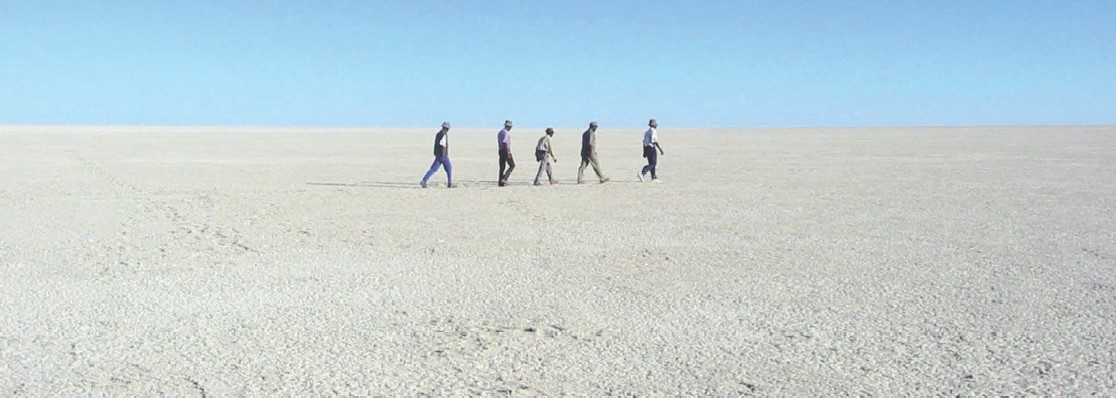
Around the world, the ancestral lands of those who self-identify as indigenous peoples form not only the basis of their existence as communities, but also the roots of their spiritual and cultural values, which cannot otherwise be protected and preserved. For centuries, indigenous peoples everywhere have experienced dispossession, forced removals and discrimination.1 In Namibia, land dispossession took place during the colonial era, when many indigenous peoples lost their land to European settlers.2 This situation continues in post-independent Namibia, with indigenous communities seeing their traditional lands increasingly threatened, encroached on or expropriated for the benefit of agriculture, mineral exploitations and other economic activities.
However, indigenous communities have not been submissive in the face of threats to their lands. Over the last few decades, such communities around the world have approached courts to assert their rights over what they consider to be their ancestral lands. Cases such as Mabo in Australia, Delgamuukw in Canada, Adong in Malaysia, Richtersveld in South Africa and both Endorois and Ogiek in Kenya, have established case law precedents in support of indigenous peoples’ land rights. In addition, under international law, two key instruments have seen the light over the last few decades, namely the United Nations Declaration on the Rights of Indigenous Peoples (UNDRIP), 2007, and the Indigenous and Tribal Peoples Convention, 1989 (No. 169) (ILO Convention 169). Namibia has ratified the UNDRIP, but not ILO Convention 169. An overview of the UNDRIP and ILO Convention 169 is provided further on.
While international laws ratified by the Namibian Government place a duty on Namibia’s courts to enforce them, when and where appropriate, a significant challenge in litigating ancestral land rights claims in Namibia is the fact that there is no national statutory framework supporting such claims. The Government’s aversion to adopting a national policy and legislative framework for addressing the question of ancestral land rights restitution in the country has been ongoing since 1991, a year after Independence, when the Government held a National Conference on Land Reform and the Land Question to address Namibia’s land reform process. The Conference was intended to provide broad public input for the formulation of a land policy. However, it was not binding on the Government. In total, 24 recommendations in the form of consensus resolutions were adopted at the Conference. Despite being non-binding, the resolutions still influenced government land policy in the early years of independence. One of the Conference resolutions was that the restitution of ancestral land rights was impossible under the conditions that existed at Independence. As a result, land-reform legislation that followed, such as the Agricultural (Commercial) Land Reform Act 6 of 1995 and the Communal Land Reform Act 5 of 2002, is silent on the restitution of ancestral land rights.
In the absence of a national statutory legislative framework for the restitution of ancestral land rights in Namibia, the respondents in the Tsumib case had to rely mainly on constitutional and international law, and only minimally on common, statutory and customary law as the other components of Namibia’s pluralistic legal system. For this reason, this paper begins with a summary of how international law interacts with the Namibian legal system as a whole, and its application in the Namibian courts since Independence. The paper then unravels some of the contemporary international human rights law debates, such as the debate about what the concept “indigenous peoples” means, its implications under international law, and its reception and application in Namibia.
Our new publication (The Role of Constitutional and International Law in the Development of Ancestral Land Rights Claims in Namibia) provides an overview and analysis of the Tsumib case, before concluding with a few thoughts regarding the way forward on the matter of restitution of ancestral land rights in Namibia.
In 2024 Willem Odendaal published his book “We are beggars on our own land” which unravels the historical and contemporary socio-legal complexities that led to the Tsumib case. At the core of the case lies the legal question, how can the Hai||om people approach the Namibian Courts in order to claim compensation for the loss of their ancestral lands?
The book is available at Namibia Bookmarket.


